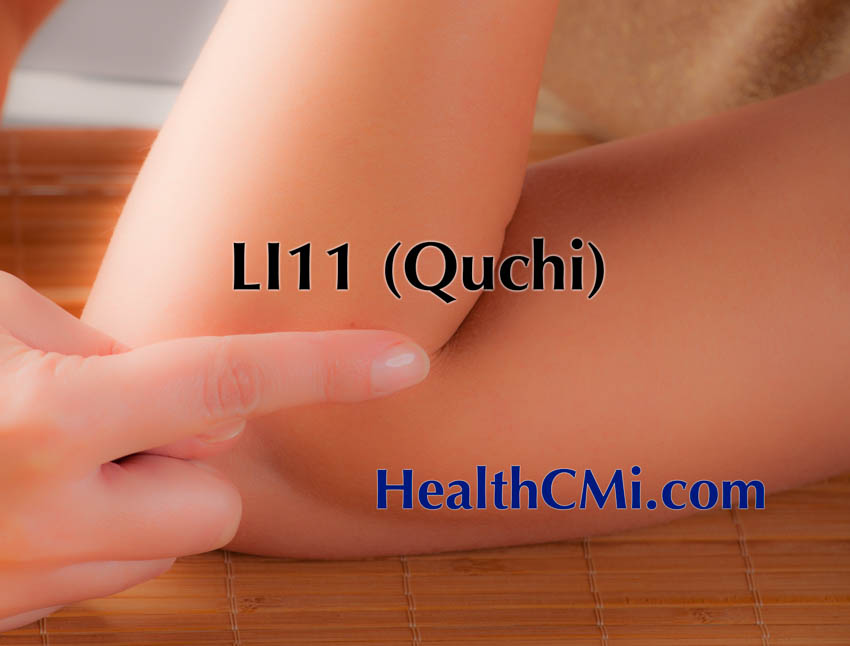Acupuncture demonstrates clinical efficacy in relieving symptoms for patients with diabetic peripheral neuropathy (DPN). Researchers from Ruzhou Jiren Diabetes Hospital and First People's Hospital of Ruzhou conducted a clinical study and analyzed the effects of two treatment protocols. The results show that the integral approach of combining warm needle acupuncture with vitamin B-12 supplements outperforms vitamin B-12 monotherapy. [1]
Observational parameters, including Fugl-Meyer motor function assessment (FMA) and Toronto clinical scoring system (TCSS), were used to measure clinical efficacy and severity of condition. Patients’ blood glucose (Glu) indices, consisting of fasting blood glucose (FBG), 2-hour postprandial blood glucose (2h PG), superoxide dismutase (SOD), and malondialdehyde (MDA) were recorded and compared between the two groups. Sensory nerve conduction velocity ( SCV) and motor nerve conduction velocity (MCV) were analyzed to measure mobility.
The efficacy rate was calculated according to a three-level scale:
- Significantly effective: symptoms (numbness in the lower extremities, pain, immobility) eliminated, SCV and MCV increased by ≥5 m/s.
- Effective: symptoms relieved, SCV and MCV increased by <5 m/s.
- Ineffective: symptoms persisted, SCV and MCV levels remained the same.
Based on this scale, in the integral group consisting of warm needle acupuncture and vitamin B-12, 30 were significantly effective, 25 were effective, and 5 were ineffective. The total efficacy rate was at 91.67%. In the vitamin B-12 control group, 25 were significantly effective, 22 were effective, and 13 and were ineffective. The total efficacy rate was at 78.33%.
FMA scores were approximately the same prior to treatment, but greater improvement was presented in the integral group (from 24.19 ±4.53 to 39.23 ±3.72). TCSS also experienced more marked improvement in the integral group, dropping from 15.28 ±1.54 to 7.62 ±0.72.
The study used a sample of 120 cases admitted to the hospital from January 2019 to February 2021. The patients were randomized into an integral treatment group and a vitamin B-12 supplementation group, with 60 cases in each group. The vitamin B-12 supplementation group consisted of 30 males and 30 females. Age range was 32 to 68 years. Average age was 51.65 ±3.29 years. Course of condition was 4–46 months. Mean course of condition was 7.18 ±3.81 months. The integral treatment group consisted of 32 males and 28 females. Age range was 36 to 70 years. Average age was 52.11 ±3.07 years. Course of condition was 3–48 months. Mean course of condition was 9.26 ±3.15 months.
The two groups were both provided with basic care, such as blood sugar control programs, microcirculation enhancement, and regular exercise programs. The vitamin B-12 supplementation group was administered a 0.5 mg mecobalamin (vitamin B-12) tablet, three times daily for a total of three months. For the integral treatment group, acupuncture was performed in addition to the above treatment. Main points used in the study were as follows:
- BL18 (Ganshu)
- BL20 (Pishu)
- ST36 (Zusanli)
- GB34 (Yanglingquan)
- LV3 (Taichong)
- KD3 (Taixi)
- SP6 (Sanyinjiao)
- LI11 (Quchi)
- GB39 (Xuanzhong)
Supplementary points were selected based on specific patients’ conditions. For cold stagnation type, BL23 (Shenshu) was added. For blood deficiency type, SP10 (Xuehai) was added. For phlegm stagnation type, ST40 (Fenglong) was added. Treatment was administered daily for five consecutive days with a two day interval. The entire course lasted three months. Warm needle acupuncture was conducted at Zusanli, Sanyinjiao, Yanglingquan, Quchi and Yishu. The results demonstrate that acupuncture optimizes diabetic peripheral neuropathy patient outcomes when added to a program of vitamin B-12 intake.
Reference:
[1] Niu Yatao, Sun Lijun, Clinical Effect of Acupuncture and Moxibustion on Diabetic Peripheral Neuropathy, Clinical Medicine Research and Practice, June 2022, Volume 7, Issue 18.



